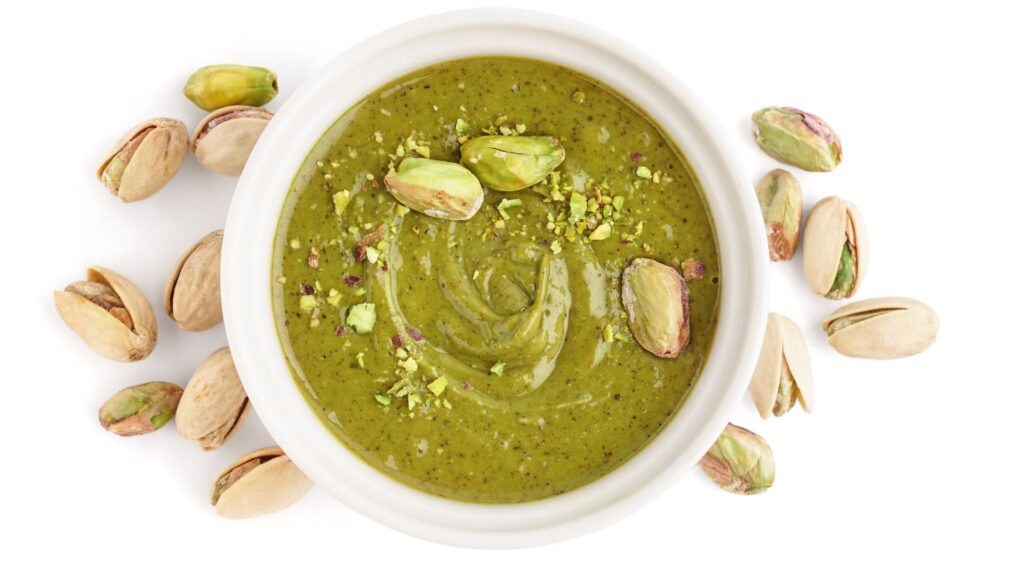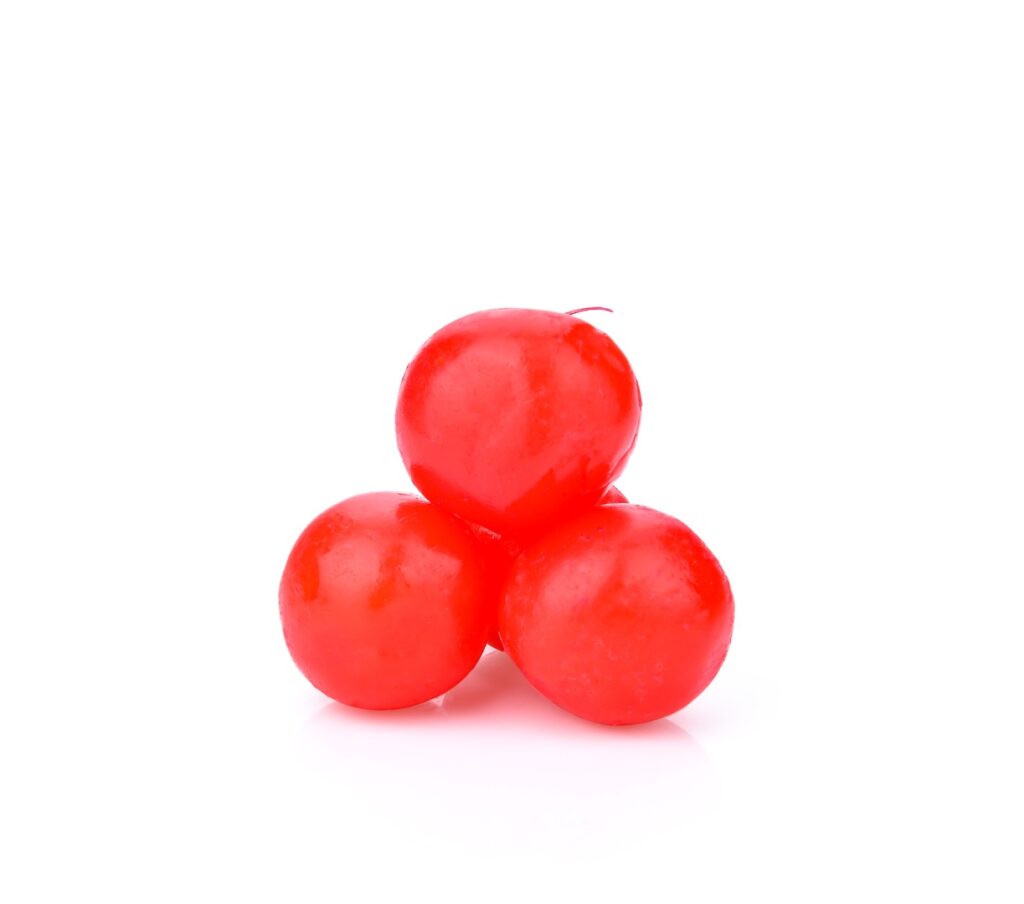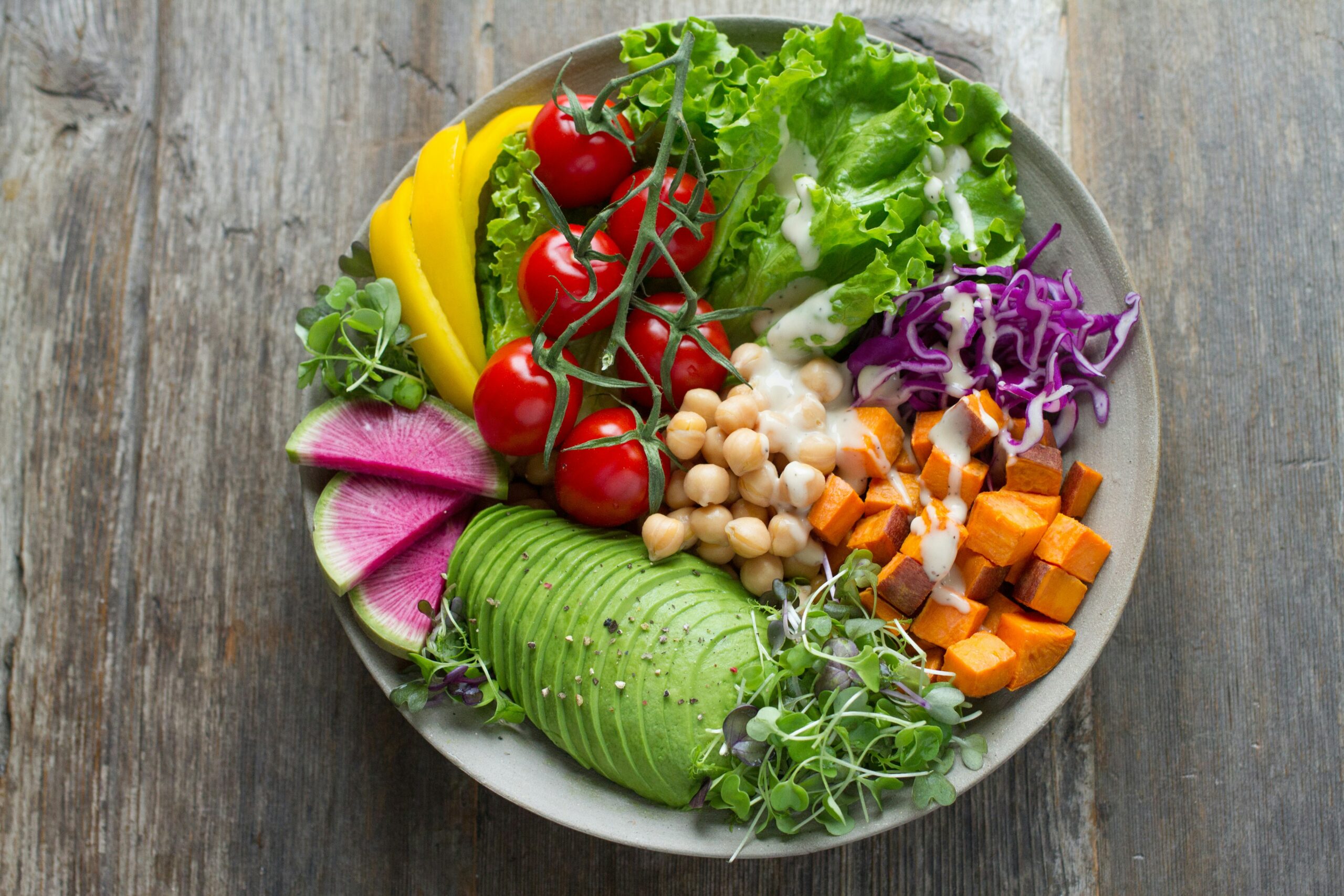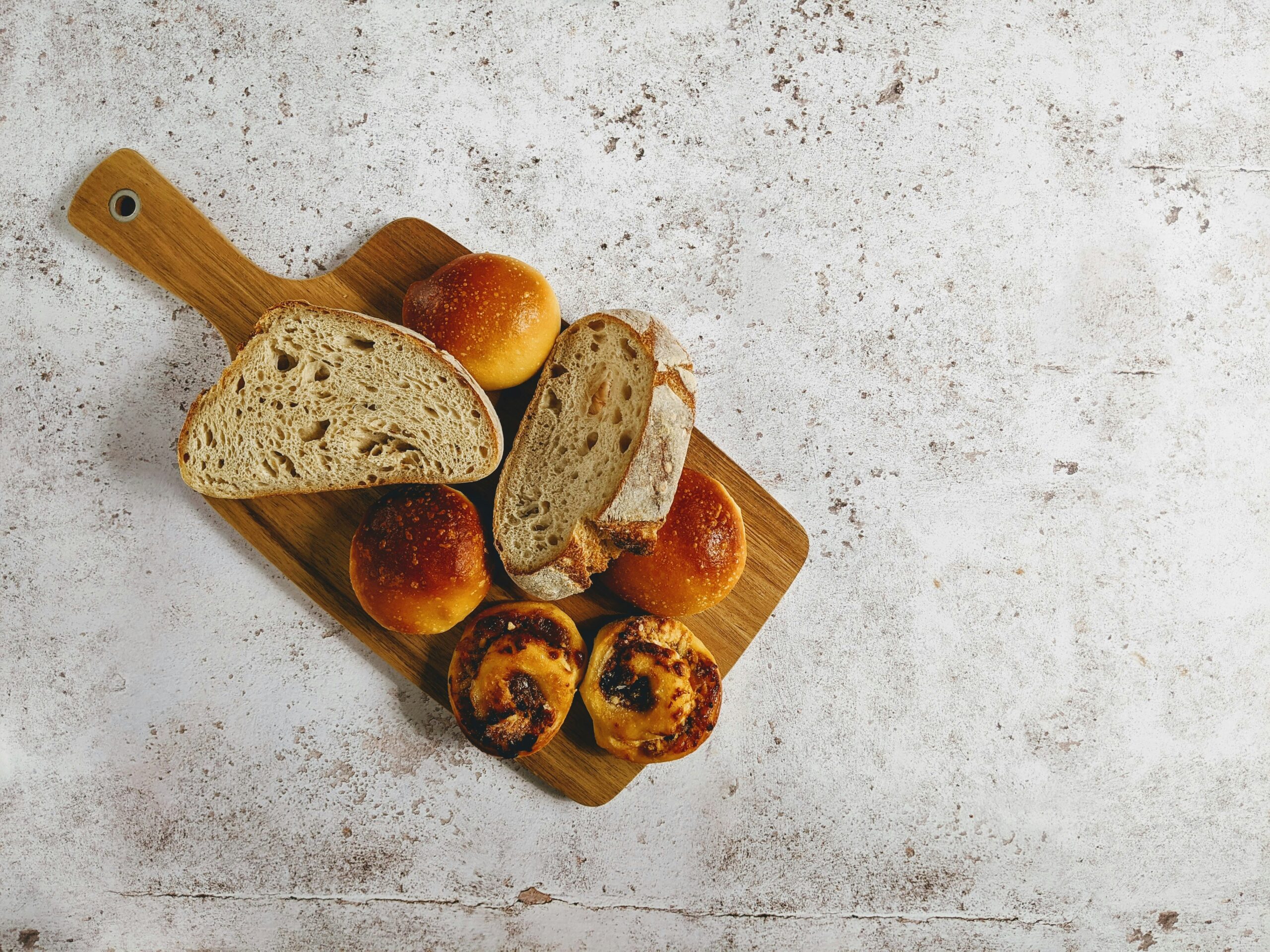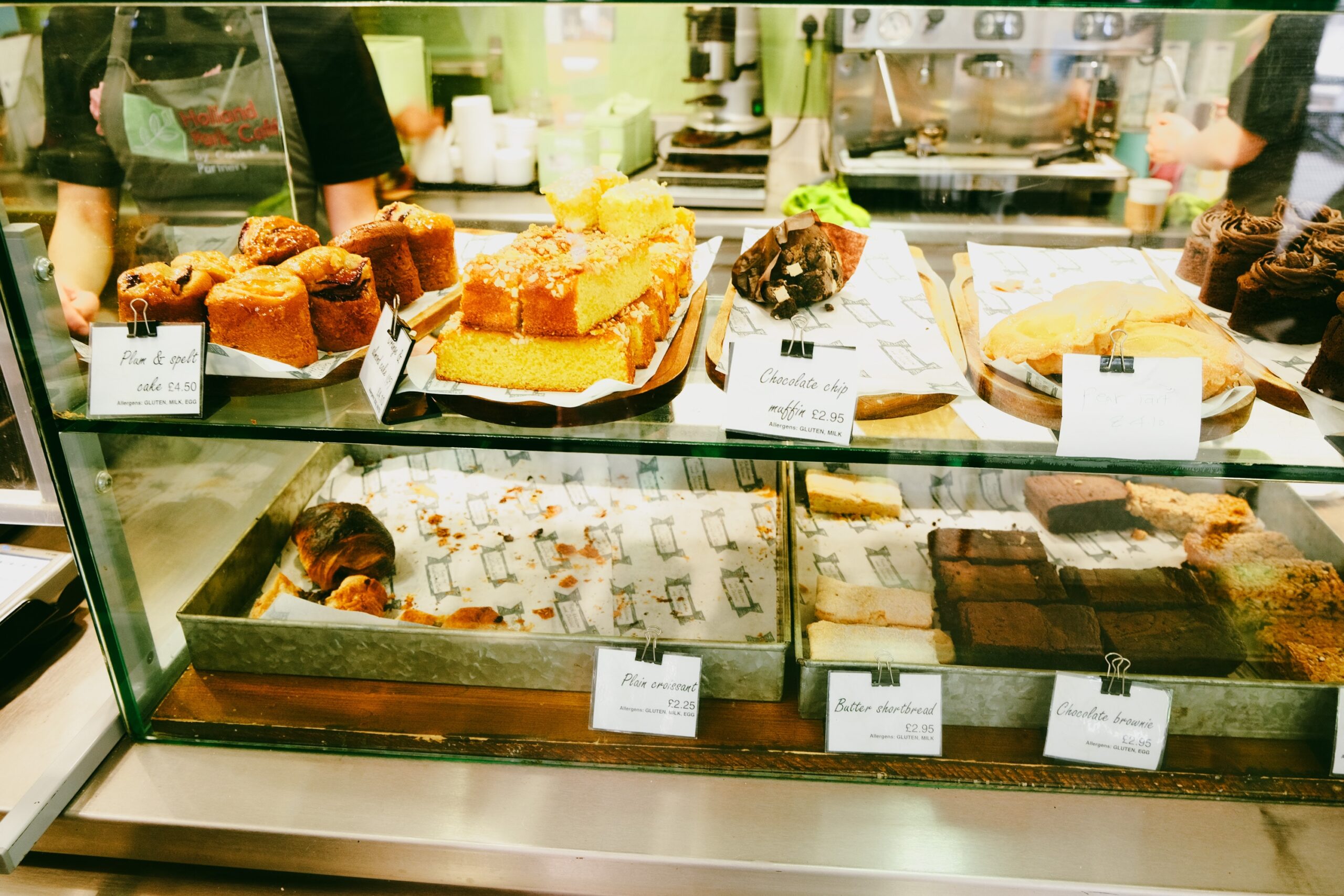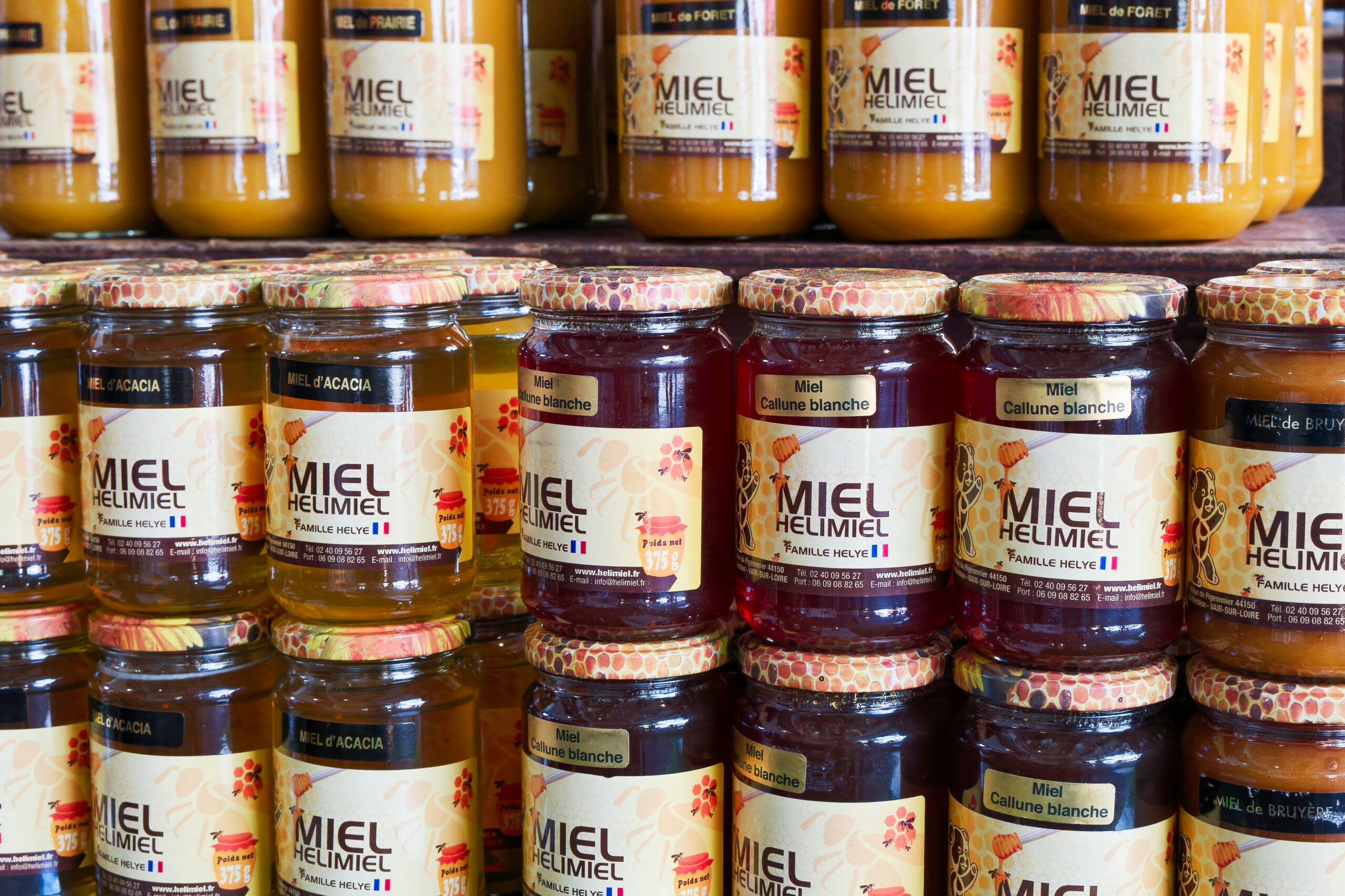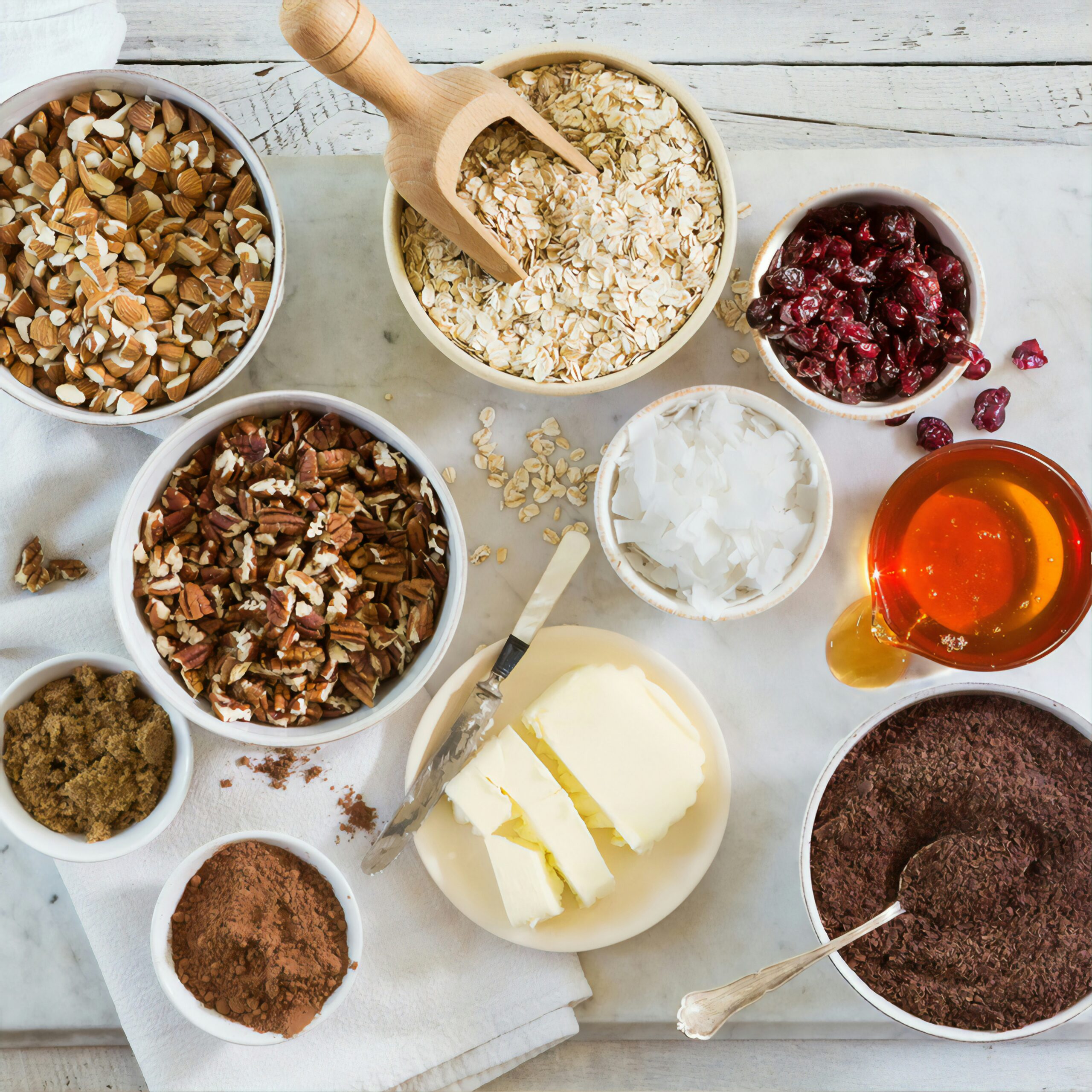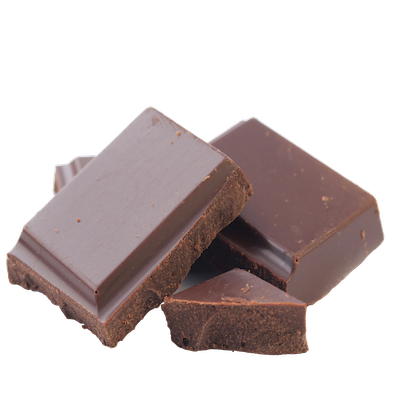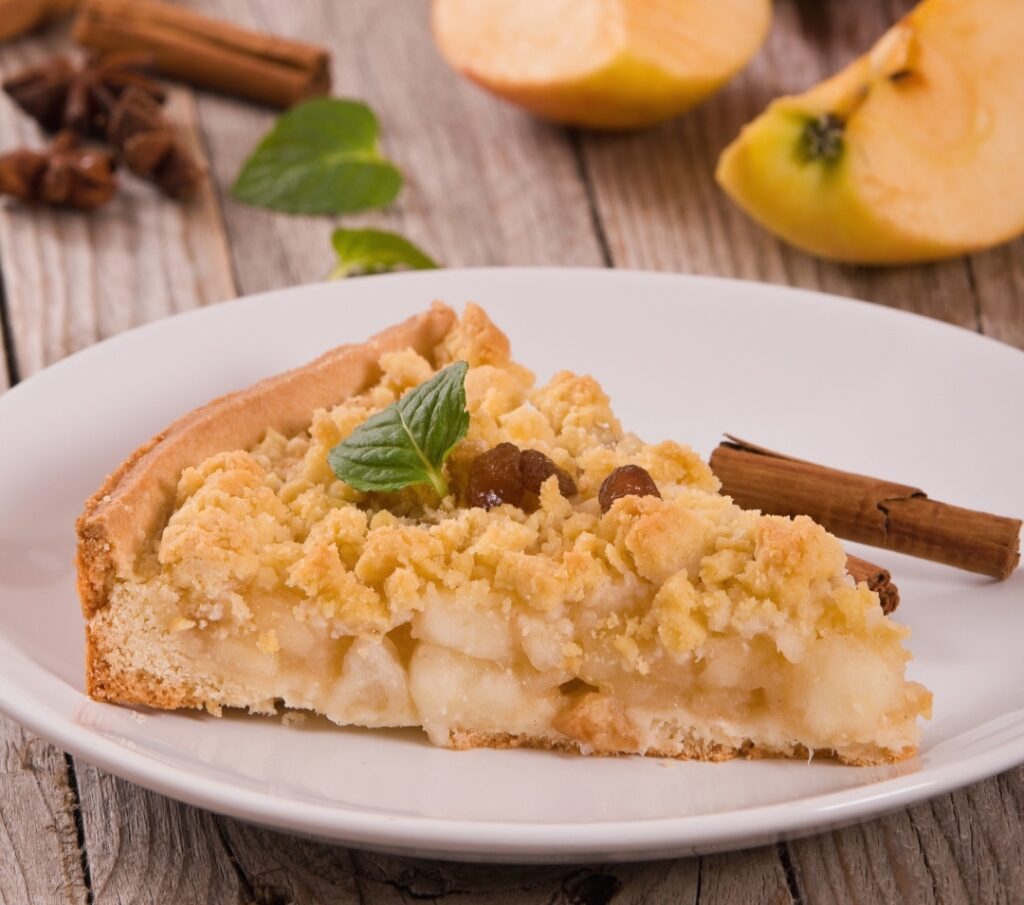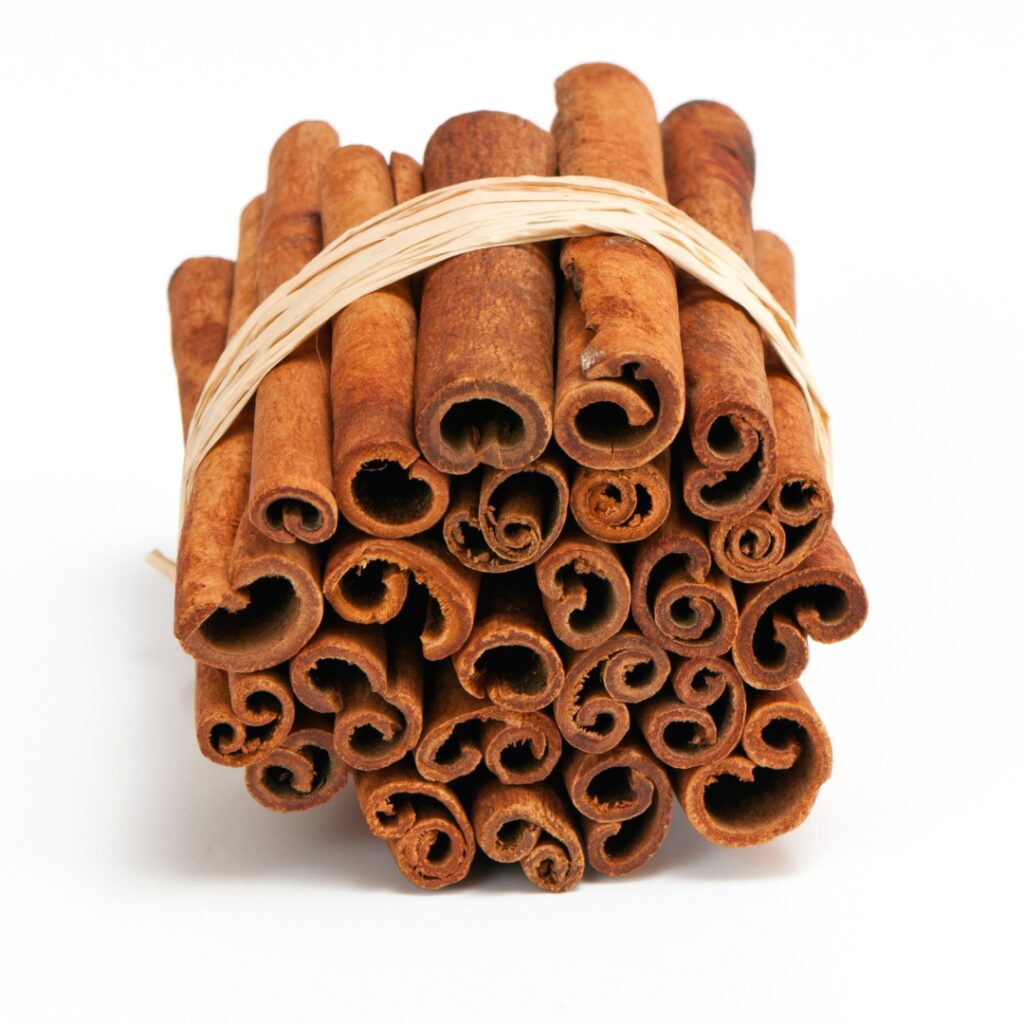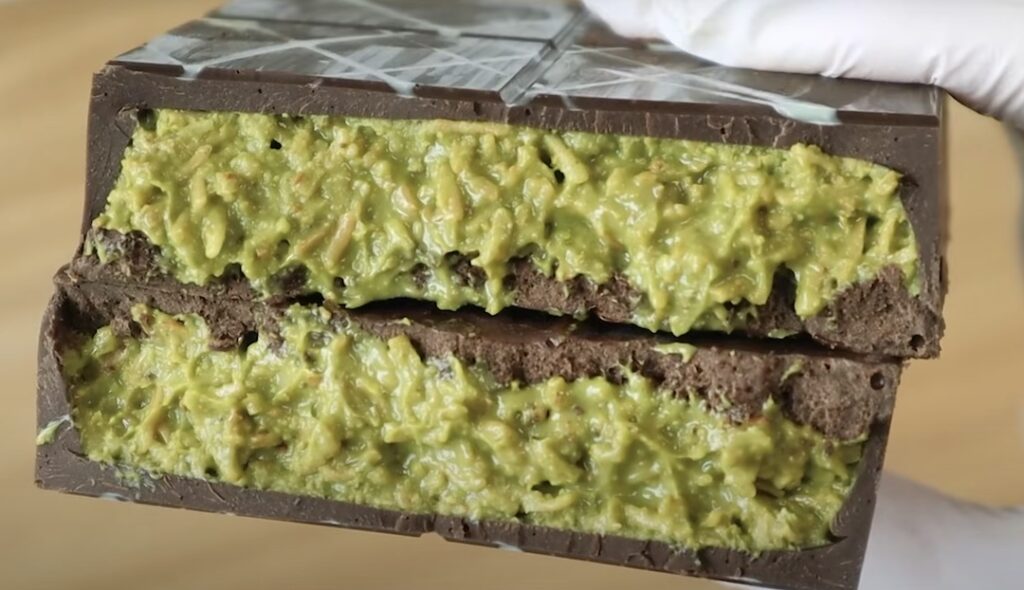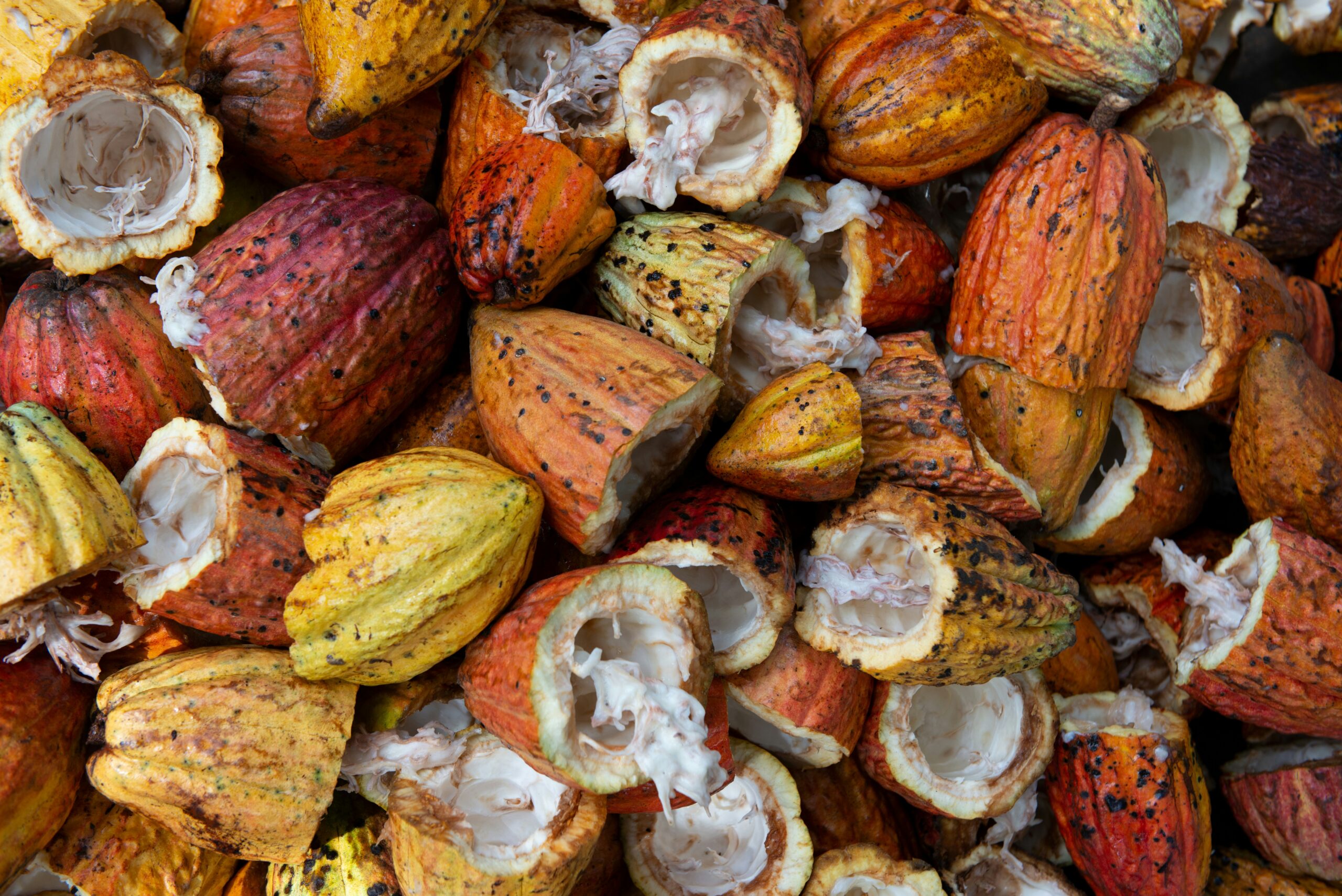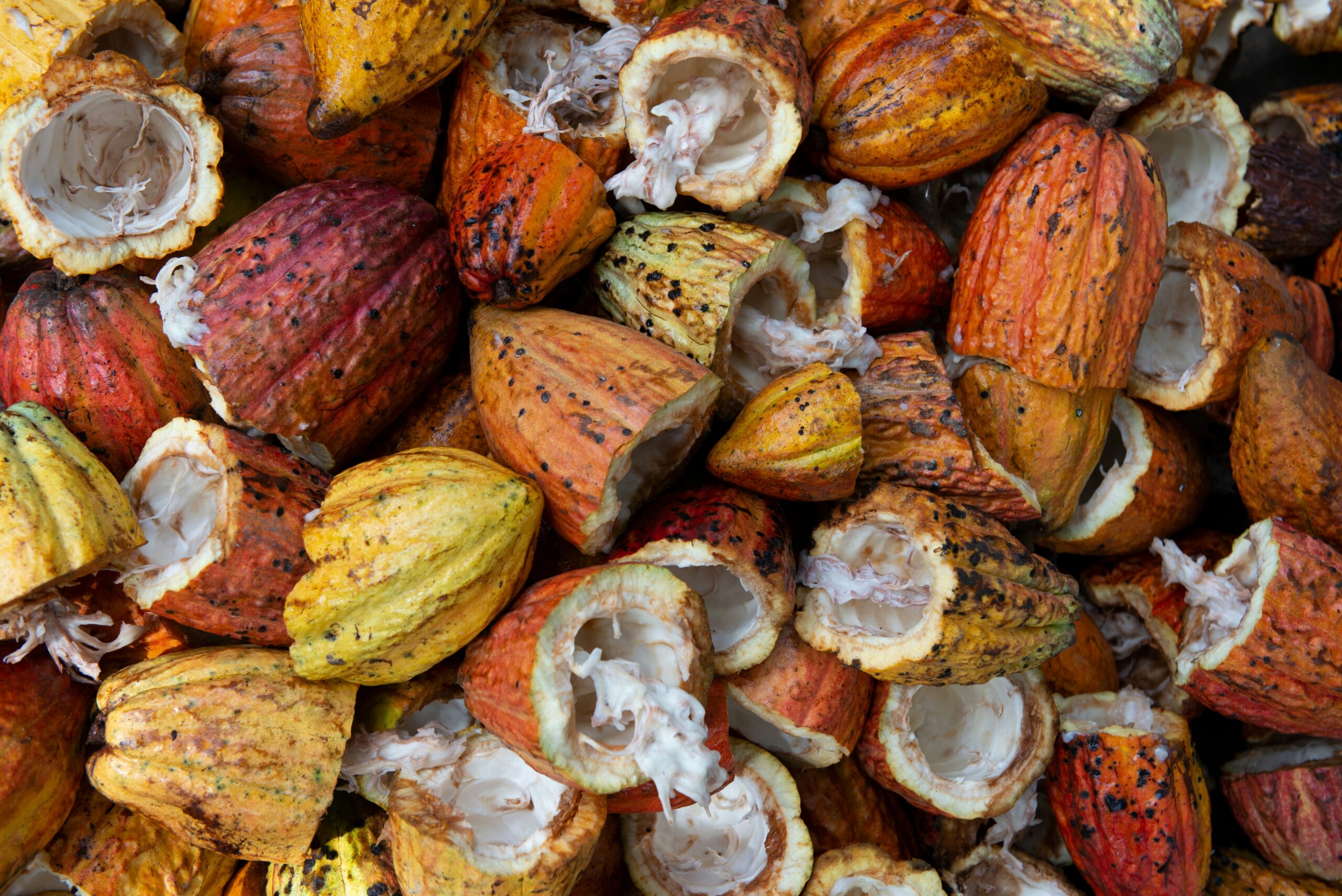What is Shortening in Bakery and Why is it a Baker’s Secret Weapon?
In the bustling world of bakeries and pastry shops, certain ingredients form the very foundation of countless beloved recipes. Flour, sugar, and eggs often take the spotlight, but there’s another, quieter hero in the pantry: Shortening in Bakery. This versatile fat is the unsung champion behind the flakiest pie crusts, the most tender cakes, and the crispiest fried delights. For any food business, from bustling wholesalers to cozy cafés and large-scale food manufacturers, understanding Shortening isn’t just a matter of baking—it’s a matter of business.
Join us as we delve into the rich history, diverse types, and indispensable benefits of shortening. We’ll uncover how this essential ingredient can elevate your baked goods, streamline your production, and ultimately, satisfy your customers.
What’s the Story Behind Shortening?
The concept of “shortening” dough dates back to at least the 18th century. The term itself comes from the effect the fat has on gluten. When fat is incorporated into flour, it coats the flour particles and inhibits the long, elastic strands of gluten from forming, thus “shortening” them. This process results in a more tender, crumbly, and flaky final product.
Originally, the go-to shortening was lard. However, the turn of the 20th century brought a revolutionary change with the invention of hydrogenated vegetable oil. In 1911, Procter & Gamble introduced Crisco, a product derived from crystallized cottonseed oil. This new, all-vegetable shortening offered several advantages over its animal-based counterparts: it was cheaper to produce, had a neutral flavor, and, crucially, didn’t require refrigeration at a time when household fridges were a luxury. This innovation democratized baking, making consistent, high-quality results more accessible to both home bakers and commercial enterprises.
What Are the Different Types of Shortening in Bakery for Professional Baking?
While many think of shortening as a single product, it comes in various forms, each tailored for specific baking applications. For a professional food business, choosing the right type is crucial for achieving the desired outcome.
Is All-Purpose Shortening the Most Versatile Choice?
All-purpose shortening is typically made from 100% vegetable oils, such as soybean or palm oil. It’s a solid fat known for its plasticity, meaning it’s soft and easy to work with across a range of temperatures. Its neutral flavor profile makes it a workhorse in the kitchen, as it doesn’t interfere with the other flavors in a recipe.
Best for:
- Pie Crusts: Creates an exceptionally flaky and tender crust.
- Cookies: Lends a soft, chewy texture.
- Frying: Its high smoke point makes it ideal for deep-frying doughnuts and other treats without burning.
Is High-Ratio Shortening the Secret to Perfect Cakes and Icings?
High-ratio shortening is the professional baker’s choice for cakes and frostings. What sets it apart is the addition of emulsifiers. These ingredients allow the shortening to absorb more sugar and liquid than all-purpose shortening. This unique property results in batters that are smoother, lighter, and can hold more air.
Best for:
- Icings and Frostings: Creates a super-smooth, stable, and less greasy buttercream that holds its shape well, even in warmer conditions.
- Cakes: Produces a finer, more tender crumb and a moister cake that stays fresh for longer.
Should You Use Solid, Liquid, or Flaked Shortening?
Beyond these two main categories, shortening can also be found in different physical forms:
- Solid Shortening: The most common form, sold in cans or blocks. It’s essential for the creaming method, where fat and sugar are beaten together to incorporate air.
- Liquid Shortening: A pourable form often used in commercial applications for convenience and ease of measurement. It’s common in bread and cake mixes.
- Flaked Shortening: Small flakes of solid fat that are easy to incorporate into doughs, particularly for creating laminated products like puff pastry, providing a consistent, flaky texture.
Comparing Key Shortening Types
| Type of Shortening | Key Characteristics | Best For |
| All-Purpose Vegetable Shortening | 100% fat, solid, neutral flavor, high smoke point. | Pie crusts, cookies, biscuits, deep-frying. |
| High-Ratio Shortening | Contains emulsifiers, holds more sugar and liquid. | Cakes (especially high-sugar recipes), icings, frostings. |
| Liquid Shortening | Pourable, easy to measure and mix. | Large-scale production of cakes, breads, and batters. |
| Flaked Shortening | Solid fat in small flakes, easy to incorporate. | Laminated doughs, biscuits, creating flaky layers. |
Export to Sheets
How Can Shortening Elevate Your Baked Goods?
The magic of shortening lies in its functionality. Its unique properties are responsible for the textures and qualities we cherish in many baked goods.
How Does Shortening Create Tenderness and Flakiness?
The “shortening” power of this fat is its primary benefit. By coating flour proteins, it acts as a lubricant, preventing the formation of a dense gluten network. This results in a tender, crumbly texture. In products like pie crusts and biscuits, the solid fat melts during baking, creating steam that separates the layers of dough, leading to that desirable flakiness.
What is its Role in Creaming and Leavening?
In the creaming process, the crystalline structure of solid shortening allows it to trap and hold tiny air bubbles when beaten with sugar. These air pockets expand when heated in the oven, contributing significantly to the leavening and final volume of cakes and cookies, giving them a light and airy texture.
How Does Shortening in Bakery Help Extend Shelf Life?
Shortening is 100% fat with no water content, which makes it very stable. Unlike butter, which can go rancid more quickly due to its milk solids and water, vegetable shortening is more resistant to oxidation. This quality helps to keep baked goods fresher for longer, a significant advantage for food manufacturers and businesses that need to ensure product stability over time.
For food wholesalers, distributors, and businesses across Turkey looking for reliable, high-quality pastry and bakery raw materials, including a range of specialized shortenings, ISTBEA is your trusted partner. We provide consistent and premium ingredients to help you achieve the perfect results your customers demand, every single time.
Click here for detials about our product
Why is the Right Shortening in Bakery a Smart Choice for Your Business?
For food businesses, the benefits of shortening extend beyond texture and taste. It offers practical advantages that impact the bottom line.
- Cost-Effectiveness: Vegetable shortening is often more economical than butter, allowing businesses to manage costs without sacrificing quality.
- Consistency: Shortening in Bakery provides reliable and consistent results batch after batch, which is crucial for brand reputation and customer satisfaction.
- Versatility: With different types available, there is a shortening for nearly every application, from delicate pastries to hearty breads and fried goods.
Shortening Applications for Your Business
| Business Type | Recommended Shortening Type | Key Application/Benefit |
| Cafés & Coffee Shops | All-Purpose & High-Ratio | Flaky croissants, tender scones, and stable icings for cakes and cupcakes. |
| Restaurants | All-Purpose & Liquid | Versatile for dessert pie crusts, biscuits, and as a reliable frying medium. |
| Food Manufacturers | Liquid, Flaked, & All-Purpose | Efficiency in large-scale mixing, consistency in packaged goods, and extended shelf life. |
| Food Wholesalers | All Types | Providing a diverse range of foundational fats to meet the varied needs of their food business clients. |
Export to Sheets
What are the Modern Trends in Shortening?
The world of baking fats is continually evolving. In response to consumer health concerns about trans fats, which were historically found in partially hydrogenated shortenings, manufacturers have reformulated their products. Today, most shortenings are trans-fat-free.
The industry is also seeing a rise in “clean label” and sustainable options. This includes non-hydrogenated Shortening in Bakery and products made from sustainably sourced palm oil. These innovations allow businesses to cater to health-conscious consumers and meet corporate sustainability goals. For more in-depth scientific information on the role of different fats in baking, Baking Sense offers a comprehensive overview.
In conclusion, shortening in Bakery is far more than just a simple fat. It is a scientifically engineered ingredient that provides structure, texture, and stability, making it an invaluable tool for any serious baking enterprise. By understanding its properties and choosing the right type for your needs, you can unlock a new level of quality and consistency in your products.


